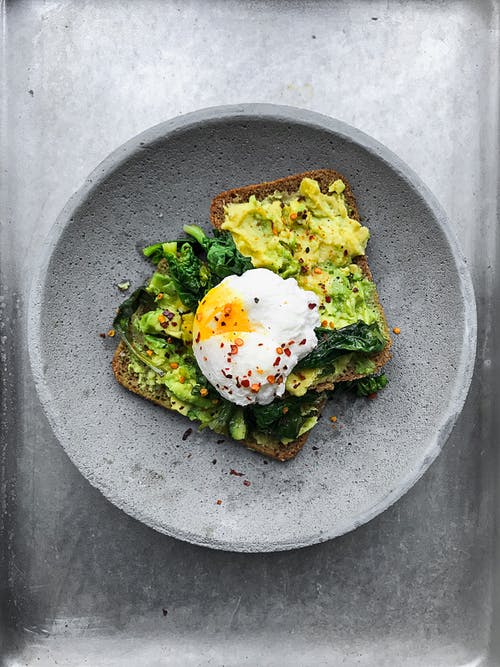All About the Food: Part 3 – Eating Intentionally or Mindfully
It’s fascinating how some health and fitness questions stand the test of time. One of the most common? “How do you lose weight?”
The truth is, there are countless approaches to shedding pounds—specifically, body fat. But instead of drowning in options and overcomplicating the process, let’s simplify things.
The Answer
Weight loss boils down to a simple formula: consume fewer calories and burn more. To maintain fat loss and a healthy body, this must be paired with better eating habits. There’s no magic pill or trendy diet required. Eat less. Be active. That’s it.
The Benefits of an Active Lifestyle
An active lifestyle is the foundation of good health. Beyond weight management, it keeps your body functioning at its best. Coupled with quality food choices and, where needed, supplements, activity boosts your overall health and quality of life.
Here are some well-known benefits of staying active, as outlined by Better Health Victoria:
- Reduced risk of heart attacks
- Better weight management
- Lower blood cholesterol levels
- Decreased risk of type 2 diabetes and some cancers
- Reduced blood pressure
- Stronger bones, muscles, and joints
- Lower risk of osteoporosis
- Reduced risk of falls
- Faster recovery from illness or bed rest
- Improved energy, mood, relaxation, and sleep
What Does It Mean to Eat Mindfully?
Mindful eating means being fully present during meals and paying attention to your body’s cues. It’s a practice of intentional awareness—noticing what, how, and why you’re eating.
This extends beyond food choices to all aspects of self-care: sleep, physical activity, and emotional well-being. When you tune in to your habits, you gain insight into areas that need adjustment.
Mindful Eating Practices
Here are some practical ways to eat mindfully:
- Morning Check-In
Start your day by assessing your emotional and physical state. Are you energized, tired, motivated, or unmotivated? Jot down your thoughts in a mindfulness journal or a note on your phone. - Track Your Food Choices
- What are you eating and drinking today?
- Are your choices nourishing, or are they primarily for taste?
- Are you eating enough—or skipping meals?
- Is caffeine dominating your day?
- Savor Your Meals
- Did you actually taste your food?
- Are you eating slowly and mindfully, or rushing through meals?
- Are your portions reasonable?
- Do you eat from plates or straight from containers?
- Reflect on Habits
- Did you buy fast food or prepare meals yourself?
- Are you planning meals in advance?
- Are you sitting upright (better for digestion) while eating?
- Consider the Context
- Do you eat with devices on or off?
- Are you dining alone or with others?
- How does eating with others affect your habits?
- Notice Emotional Responses
- Do you experience any emotional reactions during or after eating?
- Are meals and drinks satisfying?
- How do you feel afterward—energized, sluggish, or neutral?
Building Awareness for Positive Change
If you want to track your activity levels too, consider using a smartwatch or fitness tracker. While logging all this information may feel overwhelming, aim to do it for just one or two weeks. This short-term commitment will help you identify habits and patterns that need adjustment.
Over time, mindful living becomes second nature, and you won’t need to write everything down.
Final Thoughts
Developing a healthy relationship with food is a cornerstone of wellness. Mindful eating helps you understand this relationship and pinpoint areas for improvement. By making intentional changes, you can support long-term health and well-being.
Here’s to a new, mindful you!
If you’d like personalized guidance with nutrition or activity, whether online or in person, feel free to email me at info@fit-appeal.com.
Thank you for reading,
Coach Tanya



